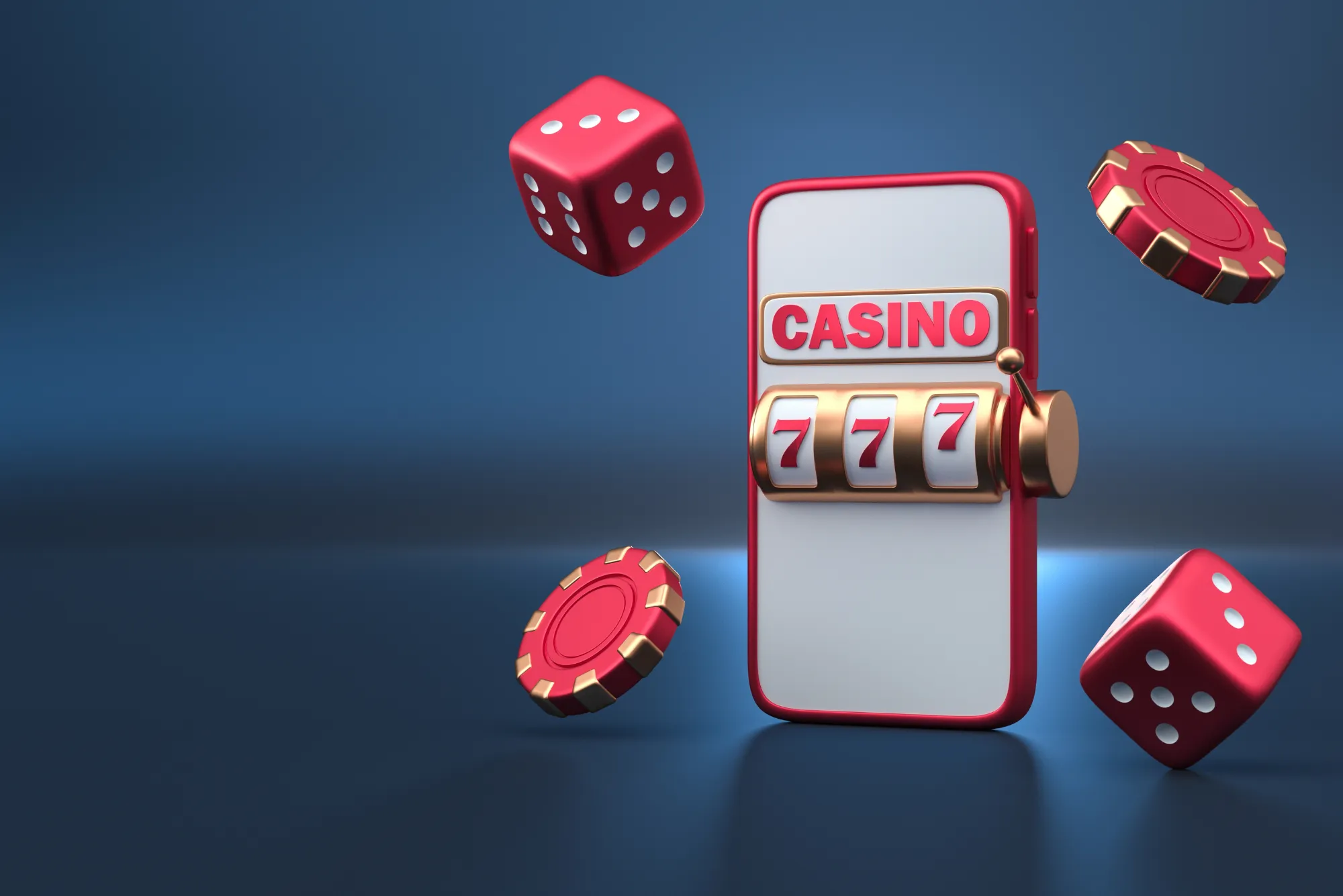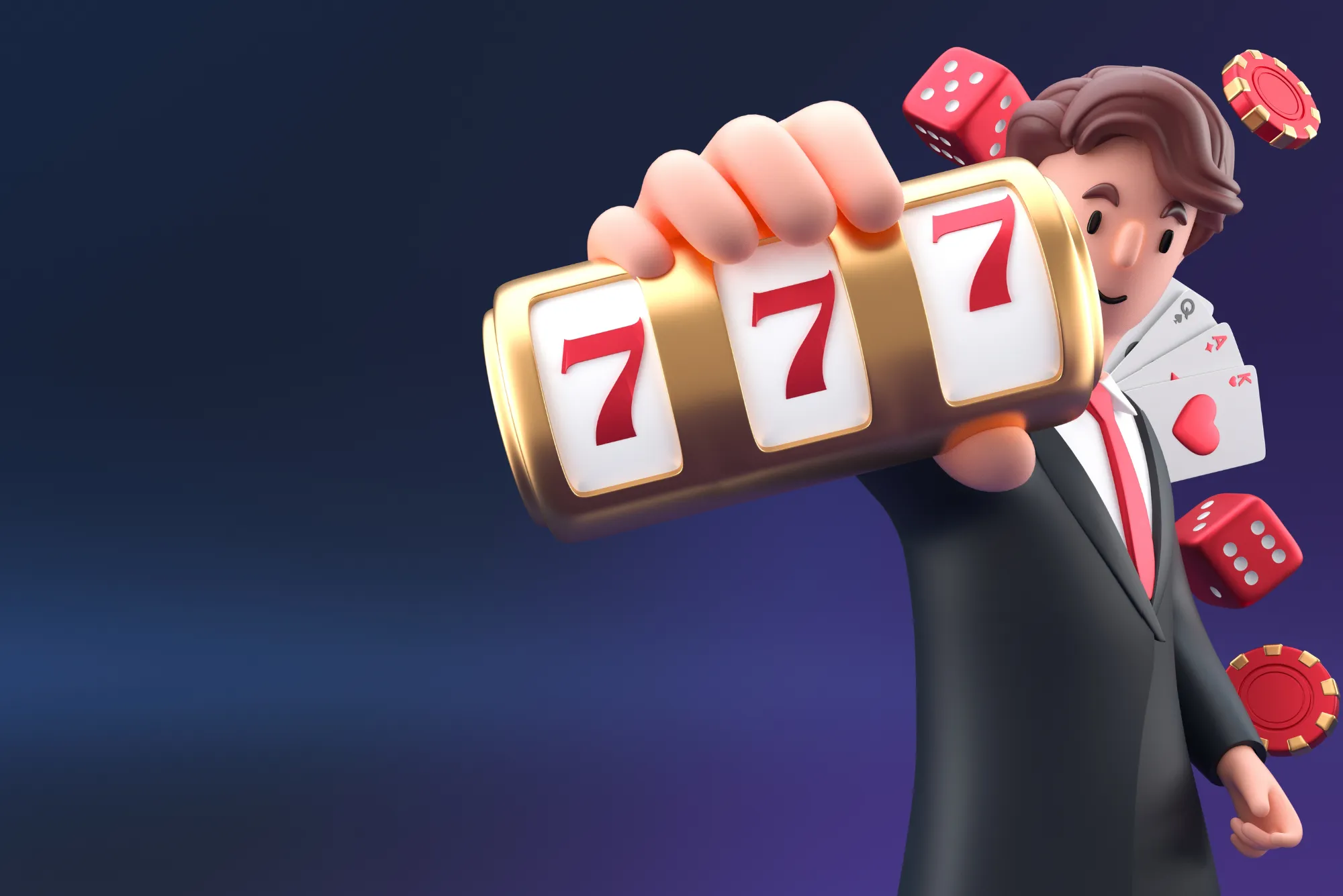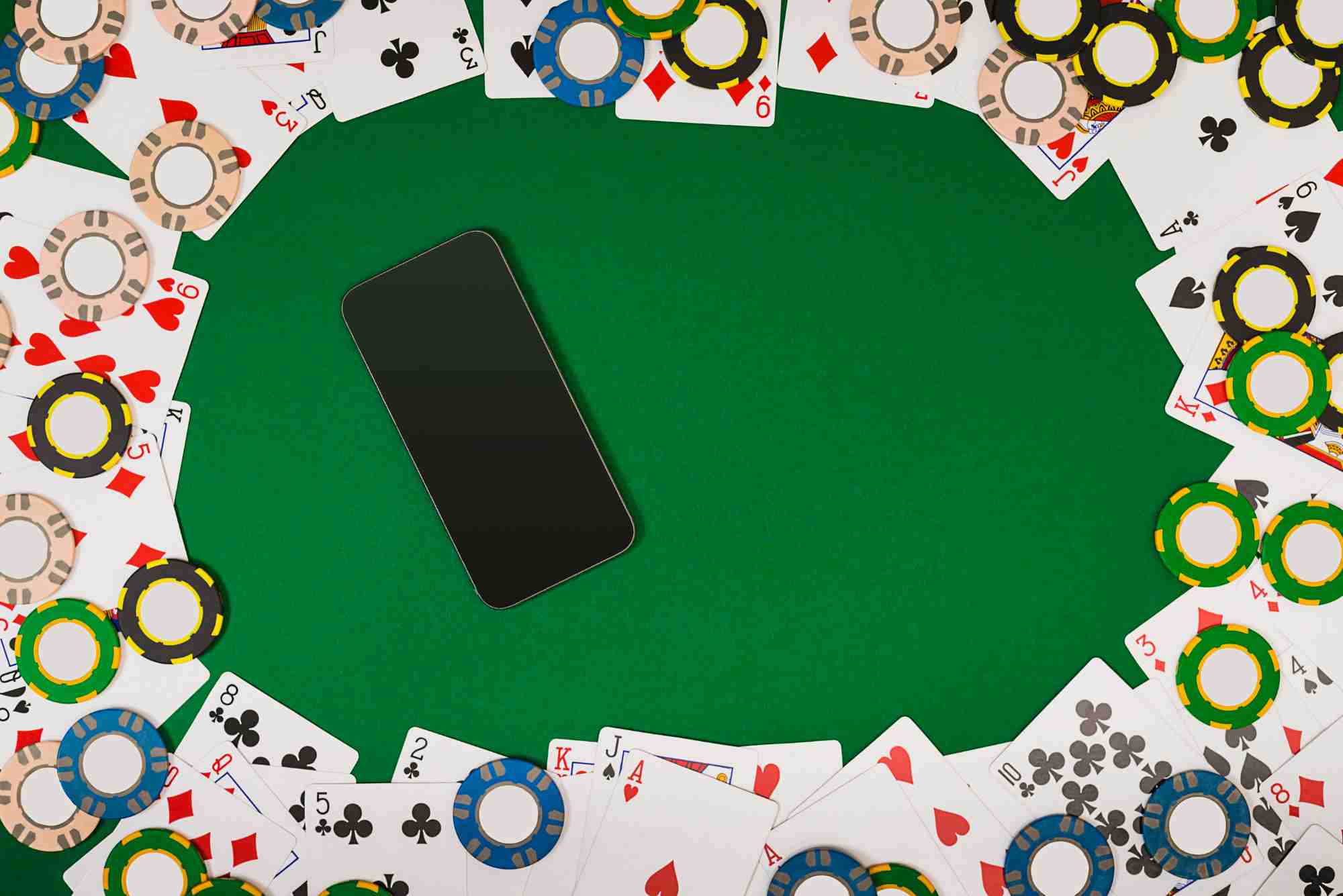Ever wondered why logging into your favorite online casino feels more like starting a quest than just playing a few spins? That’s the magic of in-game missions—the secret ingredient behind many of today’s gamified casino platforms. These missions offer players a roadmap of challenges, milestones, and rewards, transforming routine gameplay into an engaging adventure. In this article, we’ll dive into what in-game missions are, how they work, and why both players and operators are excited about them.
In essence, an in-game mission is a set of predefined tasks or objectives within an online casino game. Instead of simply spinning reels or placing bets, you’re guided through a series of actions—like achieving a certain number of wins or placing bets of specific sizes—to unlock bonus features or earn extra rewards. For many players, this mission-driven structure keeps the experience fresh and fun.
Think of it like a fitness tracker for your casino session. Just as you might challenge yourself to walk 10,000 steps a day, in-game missions challenge you to hit specific targets in return for cash rewards, free spins, VIP points, or other perks. It’s psychology meets entertainment, and it’s a winning combo for engagement.
Understanding In-Game Missions
At their core, missions are designed to guide player behavior. By setting clear goals—such as “win three consecutive rounds” or “place five $10 bets”—platforms can subtly influence players to explore different games or bet more strategically. This guidance benefits operators, who enjoy increased session times and broader game adoption, while players get an exciting roadmap of objectives to pursue.
Missions can vary widely in complexity. Some are time-limited, urging players to complete objectives within 24 hours. Others span weeks, forming part of seasonal campaigns. Regardless of timeframe, each mission typically displays a progress bar, so players know exactly how close they are to unlocking the next reward.
Types of In-Game Missions
Developers usually categorize missions into these broad types:
Progression Missions: Long-term tasks that accumulate over multiple sessions (e.g., collect 500 bonus points this month).
Daily/Weekly Challenges: Short-term targets to boost daily engagement (e.g., play ten spins today).
Event Missions: Limited-time objectives tied to special promotions or holidays (e.g., complete the Halloween quest by midnight on October 31).
By mixing mission types, operators maintain a steady rhythm of engagement, ensuring both casual and hardcore players find appealing goals.
How Missions Enhance Player Experience
When done right, missions elevate a casino platform from a place of passive betting to an interactive playground. You feel a sense of purpose—every spin, bet, or hand dealt carries you one step closer to a tantalizing reward. That anticipation drives you to return day after day, exploring new games and trying fresh strategies.
In fact, some platforms even offer branching missions where your choices determine which path you follow next. Complete one set of tasks, and you unlock a slot-based storyline; chase a different series, and you might dive into a live-dealer roulette challenge. This level of personalization makes each player’s journey unique and memorable.
In the rapidly growing world of digital wagering, innovation often comes from outside traditional jurisdictions. If you’re exploring non uk casinos, you’ll find platforms experimenting with mission structures and reward mechanics that some mainstream sites haven’t adopted yet. These offshore operators often pioneer bold features—like player-driven storylines or social leaderboard missions—before they hit the UK market.
Designing Missions That Work
Developing an effective mission system requires striking a delicate balance. Objectives must be achievable enough to keep players motivated but challenging enough to feel rewarding. Too easy, and missions lose their appeal; too hard, and players abandon them in frustration.
Crafting Player-Centric Objectives
Successful mission design starts with understanding player behavior. Casual gamers prefer daily tasks with quick wins, while high-rollers might favor long-term objectives tied to substantial rewards. By segmenting missions into tiers, platforms cater to diverse player profiles.
It also helps to integrate narrative elements. For example, a pirate-themed slot game might feature a mission campaign where each completed task reveals part of a hidden treasure map. This storytelling layer deepens immersion, making each spin feel like a page in an unfolding adventure.
Reward Structuring and Pacing
Reward pacing is crucial. A well-paced mission ladder offers small, frequent rewards early on to hook players, then reserves the juiciest bonuses for streaks of sustained engagement. Many operators employ progressive jackpots or mystery boxes as climactic rewards to spark excitement.
Moreover, transparency about probabilities builds trust. Showing clear odds for mission jackpots or free-spin triggers helps players feel confident their time investment is fair—a key factor in long-term retention.
Real-World Examples
Major platforms like GameX and SpinQuest have publicly shared data showing missions can boost average session length by over 40% and increase deposit frequency by up to 25%. For instance, SpinQuest’s “Galactic Voyage” mission series offers players a sequence of tasks across various space-themed slots. Completing each task not only unlocks free spins but also reveals lore about a distant alien civilization—combining narrative with gameplay.
Live-dealer casinos also use missions. Imagine a “Roulette Legend” campaign where you earn badges for playing different roulette variants, achieving win streaks, and hitting specific numbers. As you collect badges, you climb a leaderboard, vying for exclusive VIP table invitations.
Tips for Players
If you’re new to in-game missions, here are some pointers:
Read the Fine Print: Check wagering requirements and time limits before starting a mission to avoid surprises.
Strategize Your Gameplay: Focus on missions that align with your preferred games. If you love blackjack, chase card-based challenges rather than slot-specific tasks.
Balance Bets: Some missions require larger wagers to complete quickly. Weigh the potential rewards against your bankroll and adjust bets accordingly.
Monitor Progress: Use the mission dashboard to track progress and prioritize higher-value objectives.
Stay Updated: Many platforms introduce seasonal missions tied to sports events or holidays. Make a habit of logging in regularly to catch limited-time offers.
Conclusion
In-game missions are revolutionizing how we engage with online casinos. By providing clear objectives, compelling narratives, and well-structured rewards, missions transform routine betting into a dynamic quest that keeps players coming back. Whether you’re a casual spinner or a VIP high-roller, there’s a mission path designed just for you.
For operators, missions are a powerful tool to boost retention, encourage game exploration, and drive loyalty. For players, they inject purpose and excitement into every session. As the world of gamified casinos continues to evolve, expect missions to become even more immersive—featuring branching storylines, social elements, and real-time leaderboards. Ready to embark on your next casino adventure? The missions await







